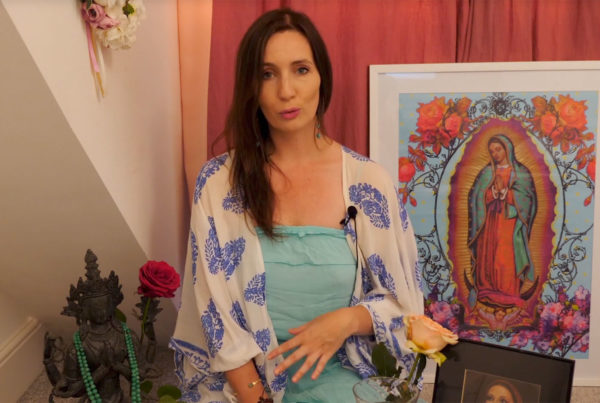
The Celtic festival of hope and peace
Yule is a period marking the middle of winter, beginning at the winter solstice and ending more or less around 6 January. The word Yule has its roots in the Scandinavian languages and has roots in common with the Swedish word “Jhul”, meaning wheel. The winter solstice, the starting point of this period, is one of the key markers on the cosmic wheel of the year, indicating the moment when the days begin to lengthen and the nights begin to shorten.
At the same time, in the southern hemisphere, we celebrate the summer solstice, the days getting shorter and the nights getting longer.
The great importance of the winter solstice in ancient civilisations is very evident from the multitude of ancient temples and Neolithic sites that are aligned with the solstices. Here are just a few examples:
– Göseck, Germany, a Neolithic circle aligned with sunrise and sunset on the winter solstice.
– Stonehenge, England, on a line aligned with sunset on the winter solstice.
– New Grange, Ireland, aligned with sunrise on the winter solstice
– Maes Howe, Orkney Islands, Scotland, aligned with sunset on the winter solstice
– Karnak Temple, Egypt, aligned with sunrise on the winter solstice
etc.
Yule is a time of Celtic festivities, we celebrate the blossoming and future abundance of spring and summer which will firmly root in the insights and wisdoms we have accumulated during autumn, the season of introspection and reflection. Instead of descending into darkness, we begin to ascend toward the light. We slowly begin to prepare ourselves to share the fruits of our reflections and our process of inner maturation and we begin to invite people into our circle. This is why this holiday is traditionally celebrated with family and loved ones, with our first circle representing the first movement to our larger, outward social circle.
Yule celebrates the love and peace that we grew on the inside and are now beginning to spread on the outside. It is thanks to the fact that we have respected a time for ourselves and that we have enriched ourselves inside, that we can find the energy to share our time with other people.
Yule celebrates the presence of the sun and the light, even when everything seems to be dark or the sun seems to be far away. In the Catholic tradition, we celebrate Christmas, the birth of the son, the one who brings light, who is born from the union of male and female energies (symbolically represented in Egypt by the birth of Horus, the child of the union of Isis and Osiris). Symbolically, the birth of the sun (son) represents the collaboration and harmony of energies that seem to be in opposition, working together and coming together to create a harmonious future.
Yule is therefore the celebration of rebirth and the hope for the future, like the inner flame that never goes out and begins to diffuse into our inner realms and into the inner circles of our social life. Yule marks the moment when one moves from inner consciousness to outer consciousness, with a look filled with hope for the future. This is the perfect time to take time with your loved ones and to share your hopes for the future with love and kindness.


